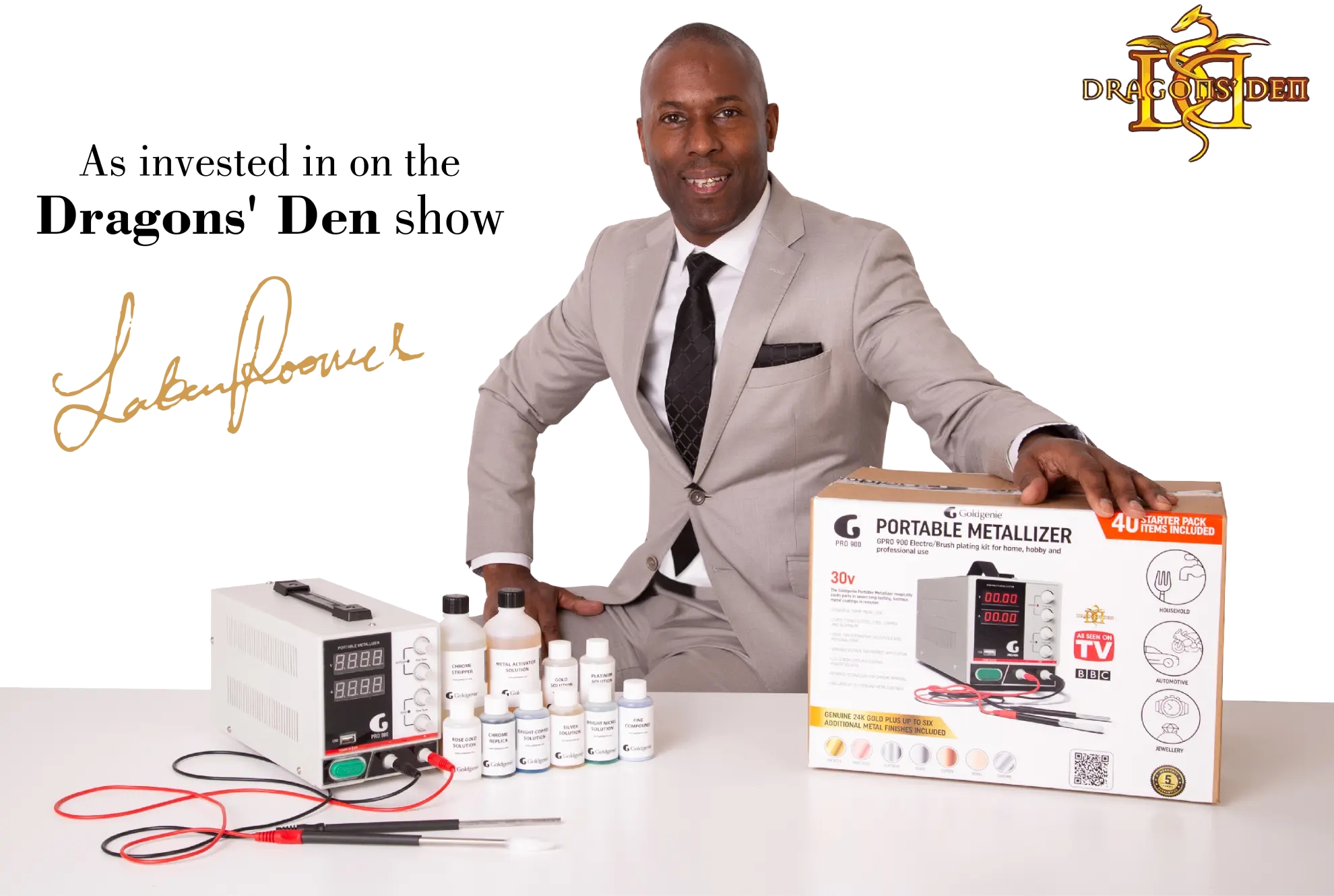The Ultimate Guide to Gold Plating Kits
The Ultimate Guide to Gold Plating Kits
Blog Article
Welcome to our comprehensive guide on gold plating kits. In this article, we will delve into everything you need to know about gold plating kits, including their components, usage, benefits, and tips for achieving optimal results.
Understanding Gold Plating Kits
Gold plating kits are versatile tools designed for adding a layer of gold onto various surfaces. These kits typically consist of several essential components, including a power source, plating solution, conductive wand, and cleaning supplies. Each component plays a crucial role in the gold plating process, ensuring a smooth and effective application.
Components of a Gold Plating Kit
1. Power Source
The power source, often in the form of a rectifier, provides the necessary electrical current to facilitate the gold plating process. It regulates the voltage and amperage to ensure precise control over the plating procedure.
2. Plating Solution
The plating solution is the key ingredient responsible for depositing a layer of gold onto the surface of the target object. It typically contains dissolved gold ions, along with various chemicals to facilitate adhesion and conductivity.
3. Conductive Wand
The conductive wand serves as the interface between the power source and the object being plated. It is typically made of a conductive material such as stainless steel and is used to deliver the electrical current from the power source to the object's surface.

4. Cleaning Supplies
Proper surface preparation is essential for achieving a successful gold plating result. Cleaning supplies such as degreasers, abrasives, and chemical cleaners help remove dirt, grease, and oxides from the surface, ensuring optimal adhesion and finish.
How to Use a Gold Plating Kit
Using a gold plating kit requires careful preparation and execution to achieve the desired results. Here's a step-by-step guide to the gold plating process:
Step 1: Surface Preparation
Thoroughly clean the surface of the object to be plated using the provided cleaning supplies. Ensure that the surface is free of dirt, grease, and other contaminants that may interfere with the plating process.
Step 2: Electrocleaning (Optional)
For heavily tarnished or contaminated surfaces, electrocleaning may be necessary. This involves applying a current to the object in a cleaning solution to remove surface impurities and prepare it for plating.
Step 3: Activation
Some surfaces require activation before plating to promote adhesion. This step typically involves applying a specialized activator solution to the surface to create a receptive layer for the gold plating.
Step 4: Gold Plating
Dip the conductive wand into the plating solution and connect it to the positive terminal of the power source. Submerge the object to be plated into the plating solution and connect it to the negative terminal of the power source. Apply the appropriate voltage and amperage settings and allow the plating process to proceed until the desired thickness of gold is achieved.
Step 5: Rinse and Finish
Once the plating process is complete, rinse the plated object thoroughly with water to remove any residual plating solution. Dry the object carefully and inspect it for uniformity and quality. Buff or polish the plated surface as needed to achieve the desired finish.
Benefits of Gold Plating Kits
Gold plating kits offer numerous benefits, making them a popular choice for both hobbyists and professionals alike. Some of the key benefits include:
- Versatility: Gold plating kits can be used on a wide range of materials, including metal, plastic, glass, and ceramics.
- Cost-effectiveness: Compared to traditional gold plating methods, gold plating kits are relatively affordable and accessible.
- Customization: Gold plating kits allow for customization of objects with a layer of gold, providing a unique and luxurious finish.
- Durability: Properly plated surfaces exhibit excellent durability and resistance to tarnishing, ensuring long-lasting beauty and protection.
Tips for Optimal Results
Achieving professional-quality results with a gold plating kit requires attention to detail and adherence to best practices. Here are some tips to help you maximize the effectiveness of your gold plating efforts:
- Follow manufacturer instructions carefully to ensure proper use of the kit components.
- Practice on scrap or test pieces before plating valuable or irreplaceable items.
- Maintain a clean and controlled environment free of dust, dirt, and other contaminants.
- Monitor the plating process closely to avoid over-plating or under-plating.
- Experiment with different voltage and amperage settings to achieve the desired thickness and finish.
Conclusion
Gold plating kits offer a convenient and effective way to add a touch of luxury to various objects. By understanding the components, usage, benefits, and tips for optimal results, you can confidently embark on your gold plating journey and create stunning, gold-plated masterpieces. Whether you're a hobbyist or a professional, a gold plating kit opens up a world of possibilities for customization and creativity. Unlock the potential of gold plating today and elevate your projects to new heights of elegance and sophistication. Report this page